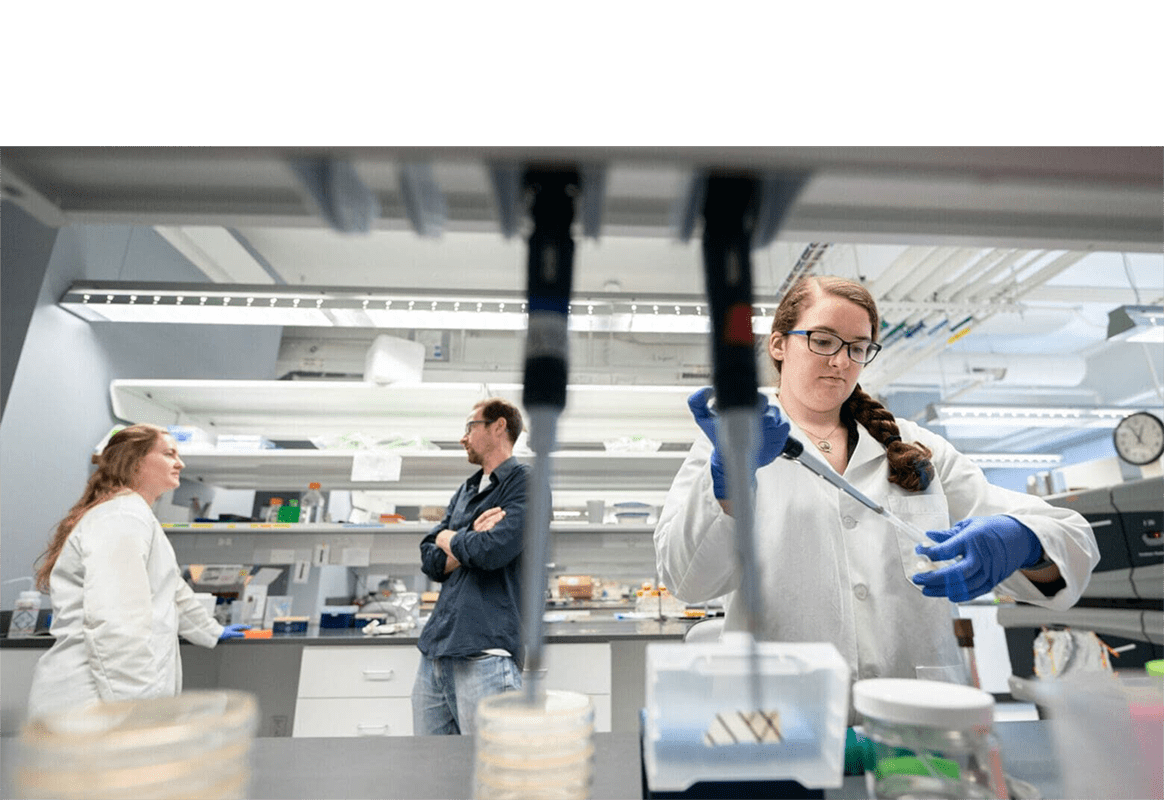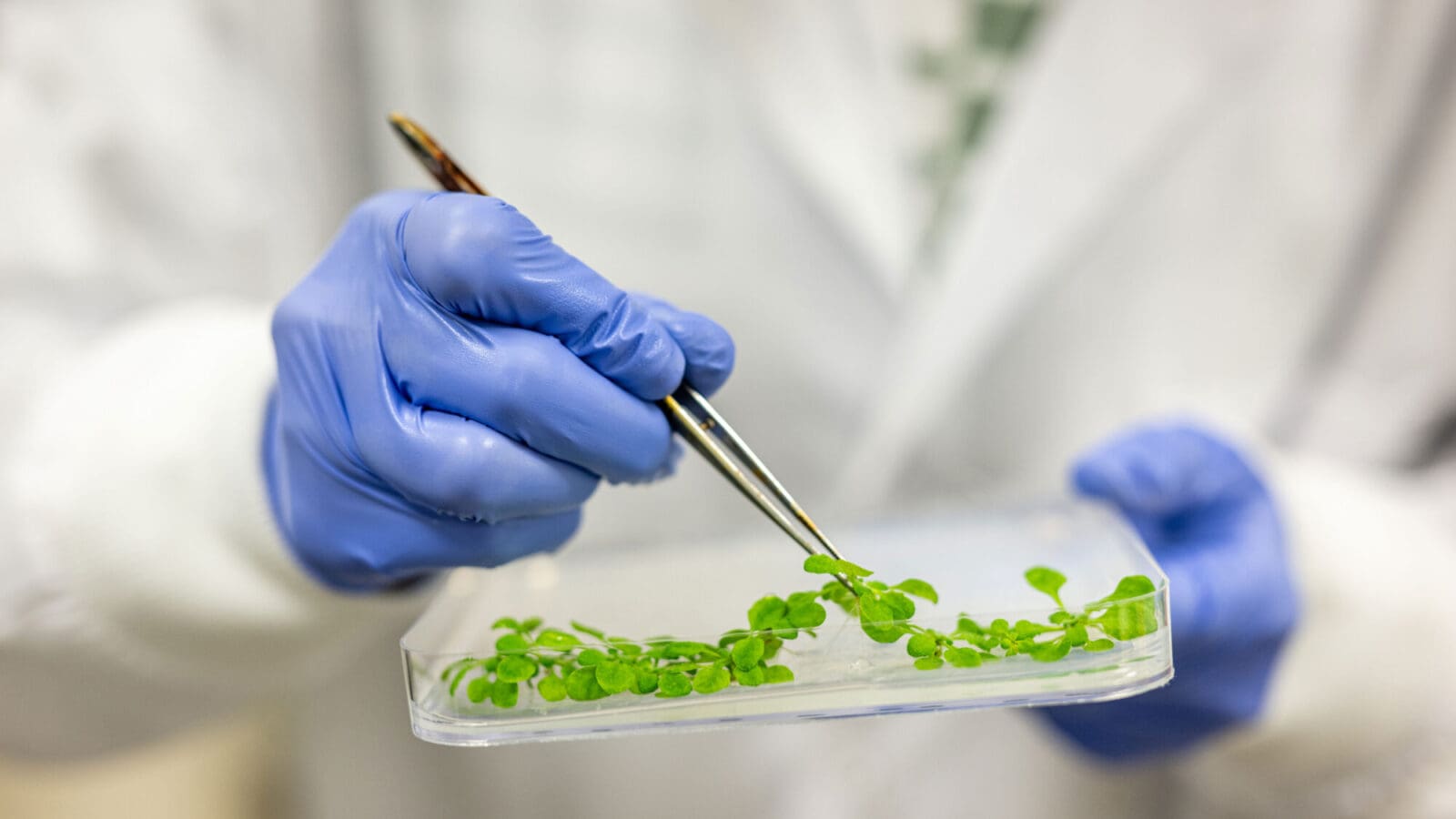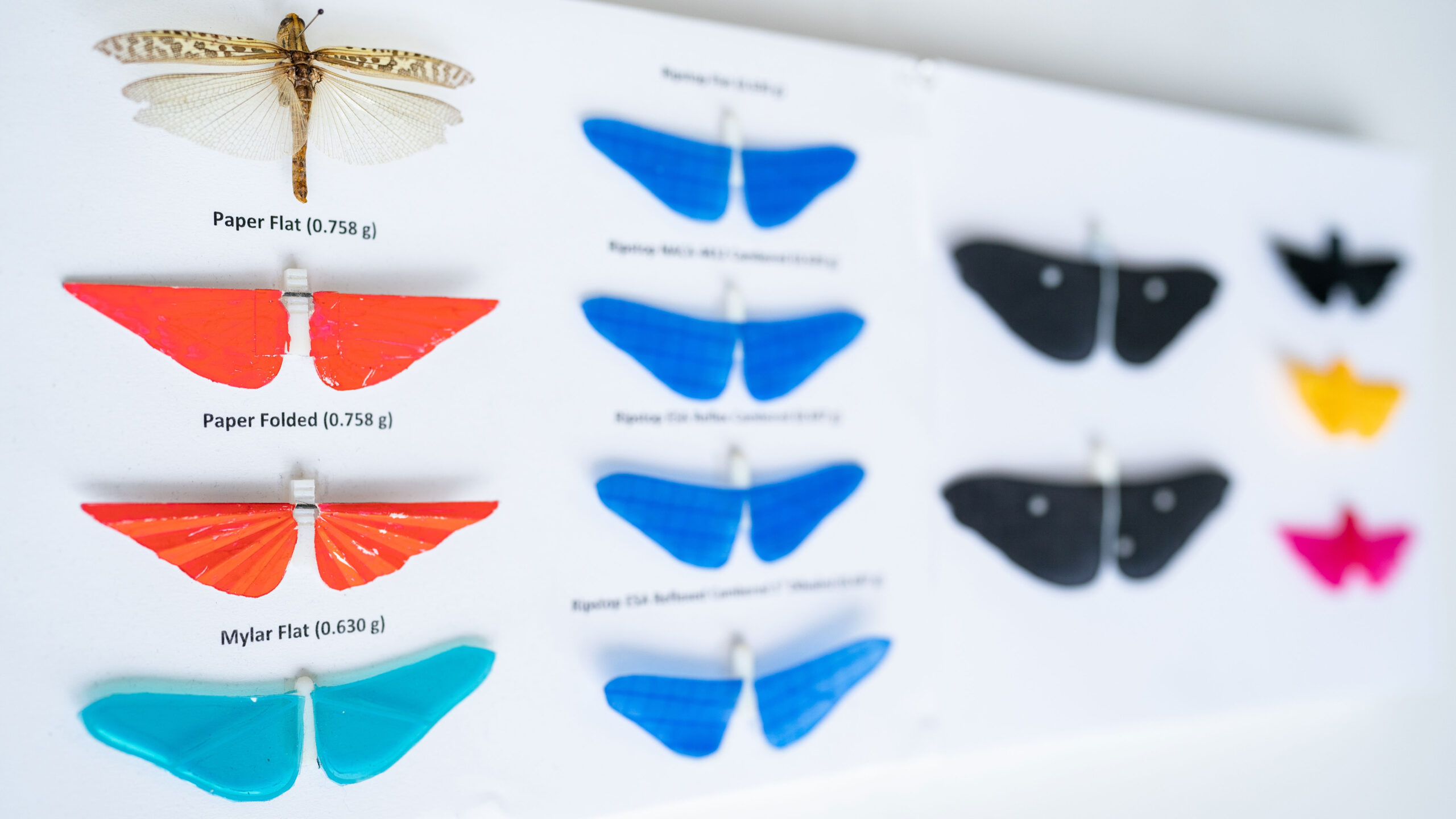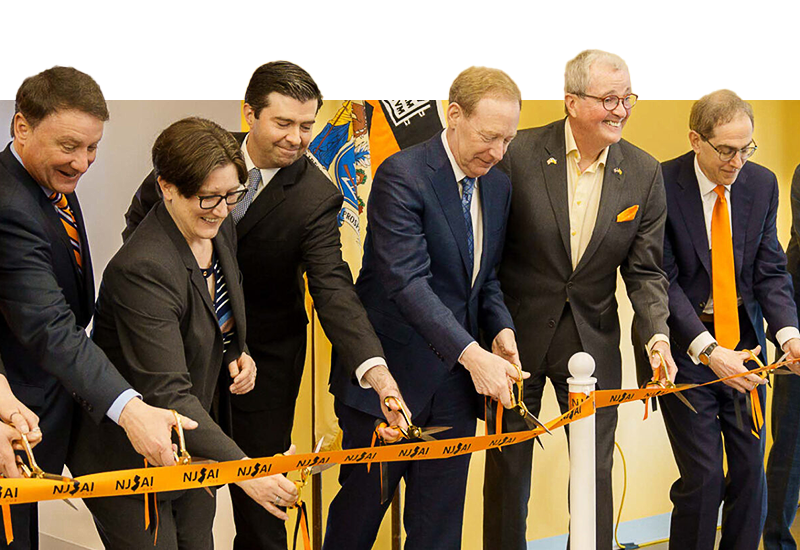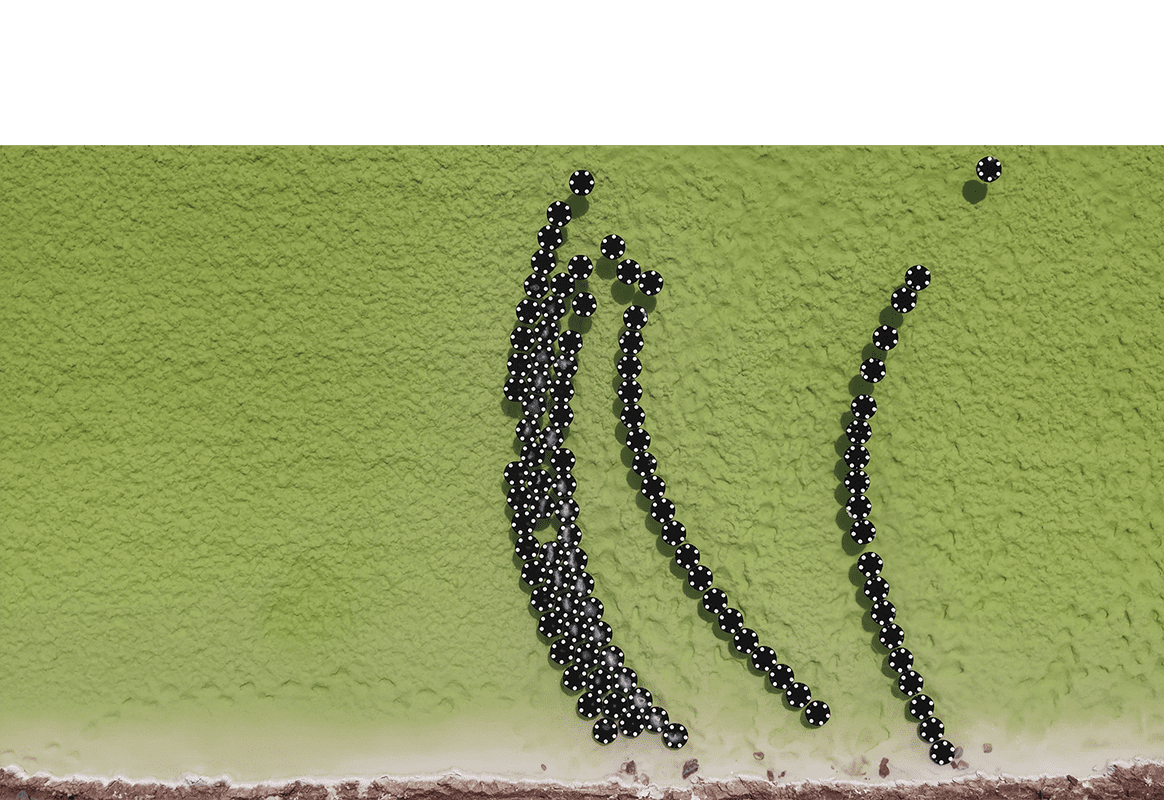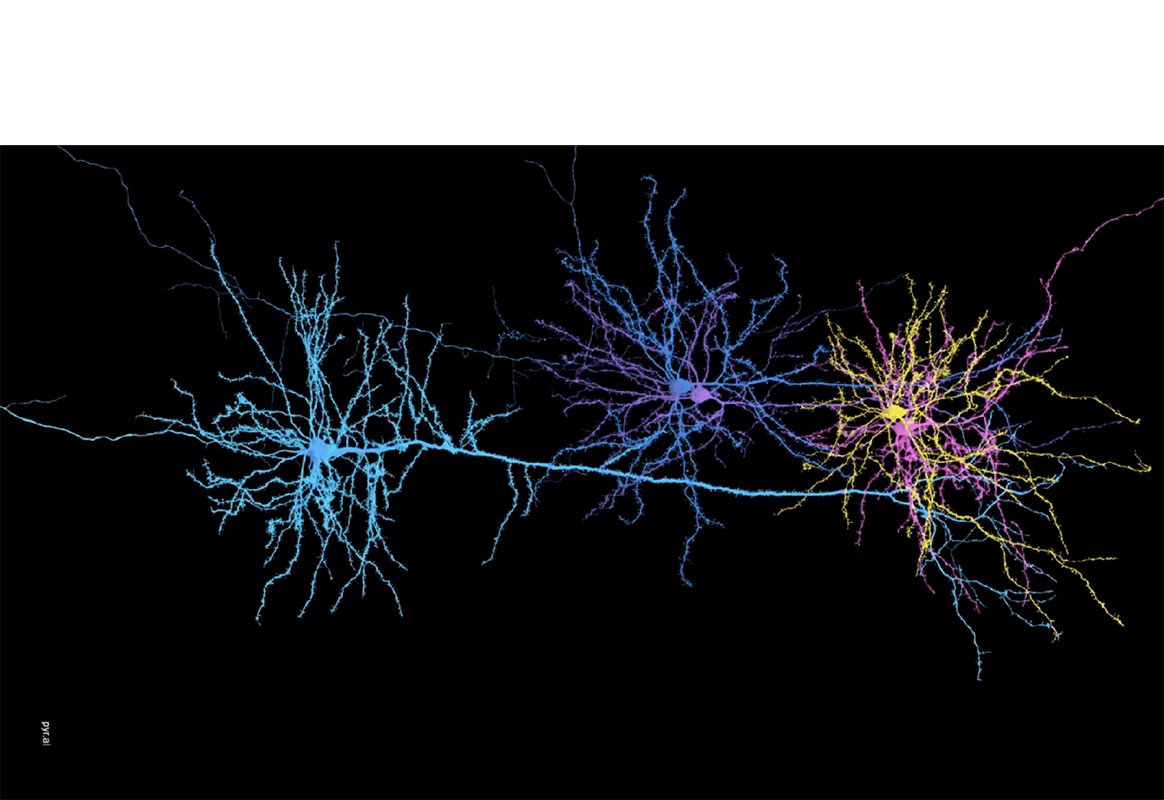Project X innovation fund supports bold thinkers and ‘tinkerers’
By
on
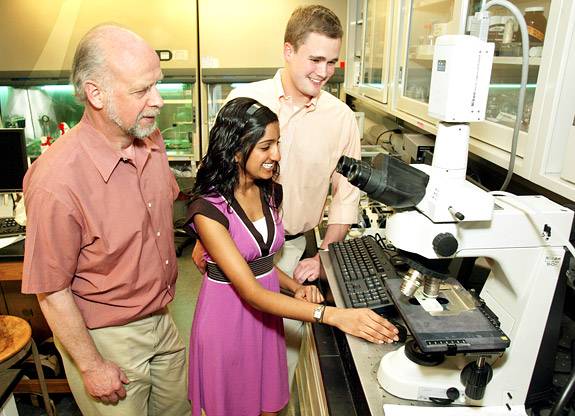 It was close to midnight one April evening when Princeton seniors Maya Srinivasan and Hunter Garland glimpsed the first evidence in their long-shot bid to revolutionize heart surgery.
It was close to midnight one April evening when Princeton seniors Maya Srinivasan and Hunter Garland glimpsed the first evidence in their long-shot bid to revolutionize heart surgery.
The two mechanical and aerospace engineering majors had spent months researching, acquiring and setting up pumps of the type used in heart-lung machines, the devices that keep patients alive during heart surgeries. Finally, they were at the point of running laboratory-grade blood through the pumps and looking under a microscope for signs of cell damage.
Their mission: find an alternative method of pumping that could reduce the incidence of brain damage and other debilitating side effects that doctors increasingly believe stem from the use of heart-lung machines.
“We want to use this data to redesign the machine from the bottom up,” said Srinivasan.
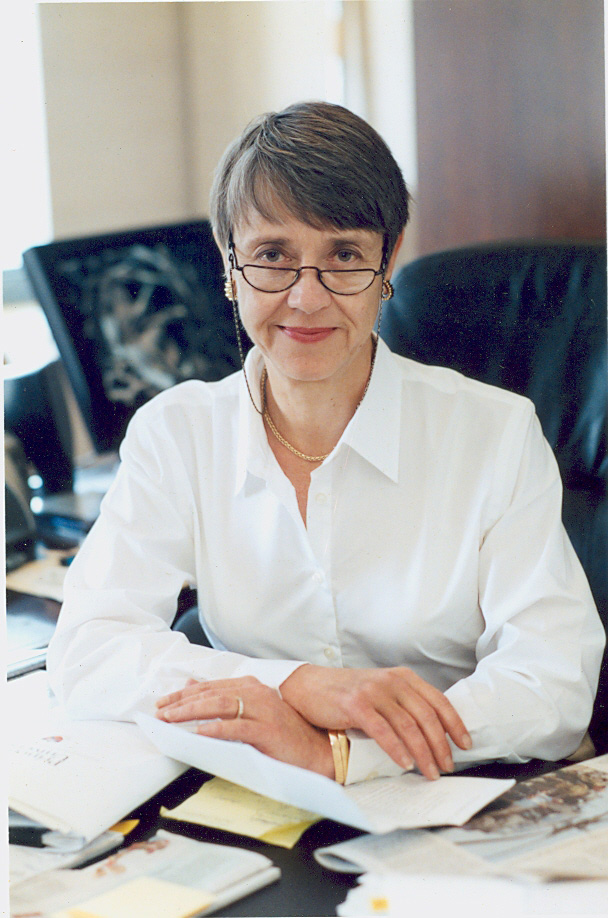 That kind of bold thinking is the point of Project X, a fund that is providing financial support for Srinivasan and Garland’s work. Given by Lynn Shostack in memory of her late husband David Gardner, a 1969 Princeton graduate, the fund is administered by the dean of the School of Engineering and Applied Science and is intended to give faculty members in the engineering school the freedom to pursue hunches and unconventional ideas, even if those ideas are outside their direct expertise.
That kind of bold thinking is the point of Project X, a fund that is providing financial support for Srinivasan and Garland’s work. Given by Lynn Shostack in memory of her late husband David Gardner, a 1969 Princeton graduate, the fund is administered by the dean of the School of Engineering and Applied Science and is intended to give faculty members in the engineering school the freedom to pursue hunches and unconventional ideas, even if those ideas are outside their direct expertise.
The fund, now in its second round of grants, has supported eight projects, so far all in the area of human health. Projects, which often have involved undergraduates, range from a hearing aid that restores patients’ three-dimensional perception of sound to a greatly improved system for removing tattoos.
The creation of Project X stoked immediate interest among faculty members. In the most recent round, four projects were chosen from among 28 submissions. Recipients said the funding, typically less than $75,000 a year, provides flexibility and opportunity that is rarely available from conventional grant-making agencies. Instead of the voluminous applications typically required for grants, Project X applicants submit one or two pages outlining their idea, and then have no formal requirements for reporting their progress.
For Alexander Smits, chair of the Department of Mechanical and Aerospace Engineering and leader of the heart-lung project, the funding meant the difference between trying a new idea or not. Smits is a leader in the field of fluid mechanics and turbulence. Lately he has applied that knowledge to biomechanics and the movement of animals in water, but he knew he was out of his depth when he began speaking with Shostack about heart-lung machines during one of her early visits to the engineering school.
“This is not an area that is anywhere close to my primary expertise, but these kinds of funds allow me to explore new ideas,” said Smits, Princeton’s Eugene Higgins Professor of Mechanical and Aerospace Engineering. “Imagine me writing a proposal to the NIH (National Institutes of Health) to explore heart-lung machines! I’d need a team — I’d need a doctor, a clinician, all kinds of experts.”
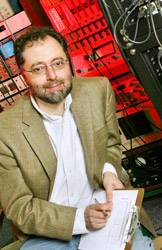 The opportunity to establish credibility in a new field was also important for Edgar Choueiri, a professor of mechanical and aerospace engineering. A pioneer in developing advanced propulsion systems for deep space travel, Choueiri has had a lifelong interest in music and pursues a hobby of recording classical and jazz performers. He began to apply his engineering skills to understanding how the brain performs sound localization, the ability to identify the direction from which a sound is coming. In 2003 he attended his first conference in the field of acoustics, but knew nobody and had no basis for interacting with the experts in attendance.
The opportunity to establish credibility in a new field was also important for Edgar Choueiri, a professor of mechanical and aerospace engineering. A pioneer in developing advanced propulsion systems for deep space travel, Choueiri has had a lifelong interest in music and pursues a hobby of recording classical and jazz performers. He began to apply his engineering skills to understanding how the brain performs sound localization, the ability to identify the direction from which a sound is coming. In 2003 he attended his first conference in the field of acoustics, but knew nobody and had no basis for interacting with the experts in attendance.
Within a couple of years, he had set up a laboratory in his home to test ideas, and was able to develop a mathematical technique for recording and playing back sound in 3-D with high spatial accuracy and no alteration of tonal quality. The technique uses just two low-cost speakers to create an immersive “sound field” in which the listener perceives the sources of sounds to be spatially distributed in the same way they were during the original recording — coming from behind or next to the listener for example.
Project X is allowing Choueiri to further develop the technique and pursue uses such as improved hearing aids. He now has a small but well-equipped sound lab, a short distance from his large federally funded propulsion lab in the Engineering Quadrangle.
“The goal here is to fundamentally understand how humans hear sound in 3-D,” Choueiri said.
A common complaint among hearing aid users, he said, is that the devices greatly reduce their ability to identify the location of a sound. He said his technology restores that ability, and he is working to reduce the circuitry to something that will fit inside a conventional hearing aid.
Choueiri is now publishing a paper on his work and has begun receiving inquiries from other acoustics researchers, as well as many businesses.
One particular enthusiast has been Paul Lansky, Princeton’s William Shubael Conant Professor of Music, who visits Choueiri’s studio to listen to his own compositions and other music.
“Loudspeakers have always been the weak link — they create a very limited aural space,” Lansky said. “What Edgar has done is quite ingenious. What he’s managed to do is recreate the spatial dimension of the original recording situation. If he could make this truly portable, it would change the world.”
 In another part of the mechanical and aerospace engineering department, Project X funding is allowing Assistant Professor Michael McAlpine to push the limits of technology he recently developed to combine silicone rubber with a material that generates electricity in response to small movements. The hybrid substance offers myriad possibilities for harvesting energy from everyday motion such as walking.
In another part of the mechanical and aerospace engineering department, Project X funding is allowing Assistant Professor Michael McAlpine to push the limits of technology he recently developed to combine silicone rubber with a material that generates electricity in response to small movements. The hybrid substance offers myriad possibilities for harvesting energy from everyday motion such as walking.
Through Project X, McAlpine is pursuing an idea for using the action of breathing to power a pacemaker. The silicone material would be implanted around the lung cavity and each breath would deliver a small jolt of current to refresh the charge on a battery. McAlpine invented the basic technology using government research grants, but developing a medical use for it is a leap in a new direction, he said.
“Most sources of funding require you to prove something works and then you get the funding,” McAlpine said. “Here you show something risky — within the bounds of reason — and you’re encouraged to try it. I think that’s the best way to get breakthrough science. It allows you to do revolutionary science rather than evolutionary science.”
Promoting creativity and risk-taking has been a longstanding interest for Shostack, who created the David A. Gardner ’69 Magic Project in 2003 to support inventive projects in the humanities and other areas at Princeton.
“You have world-class minds here, with ideas and interests and things they want to do,” said Shostack. “In engineering you have tinkerers, and through this tinkering they come up with good ideas.” With Project X, she said, “there’s no one they need to report to; there’s no one demanding a long grant application. It doesn’t even matter if the project succeeds or fails. So in that sense it’s pretty subversive.”
 On the April morning after Smits’ students began their first tests running blood through various pumps, Smits watched as Srinivasan and Garland displayed microscope images of cells whose membranes had broken. The longer the blood ran through the pump, the more cells burst, producing the evidence of cell damage for which they had been looking.
On the April morning after Smits’ students began their first tests running blood through various pumps, Smits watched as Srinivasan and Garland displayed microscope images of cells whose membranes had broken. The longer the blood ran through the pump, the more cells burst, producing the evidence of cell damage for which they had been looking.
“That’s exciting!” said Smits.
“We’re excited, too,” Srinivasan replied. “Finally something we can use!”
Their research, which also received support from the mechanical and aerospace engineering department’s John Marshall II Memorial Award, forms the basis of Srinivasan and Garland’s senior independent work. Both said the work allowed them to apply what they’ve learned while pursuing their engineering degrees and earning certificates in engineering biology, which they earned in June. Garland, who has volunteered as an emergency medical technician, plans to go on to medical school. Srinivasan plans to pursue a master’s degree in vocal performance before returning to the field of biomedical engineering.
In their review of scientific literature on heart-lung machines, the two students found previous studies looking at mechanical damage to blood cells caused by heart-lung pumps, but did not find studies that examined alternative pumps.
“That’s where we saw stagnation in the research,” Srinivasan said. “The barrier to introducing new technology is so high that there’s little conventional funding for looking beyond accepted technologies. Now we can do that.”
